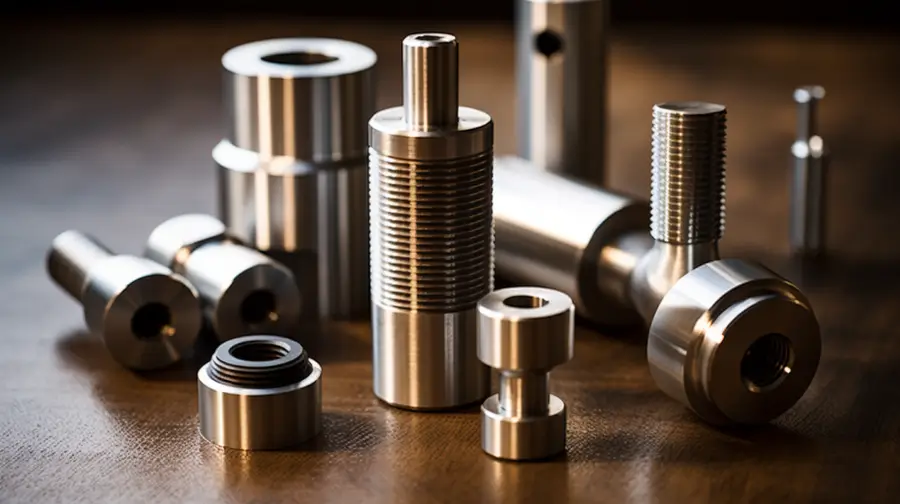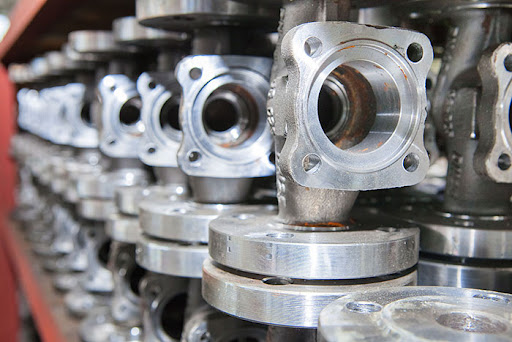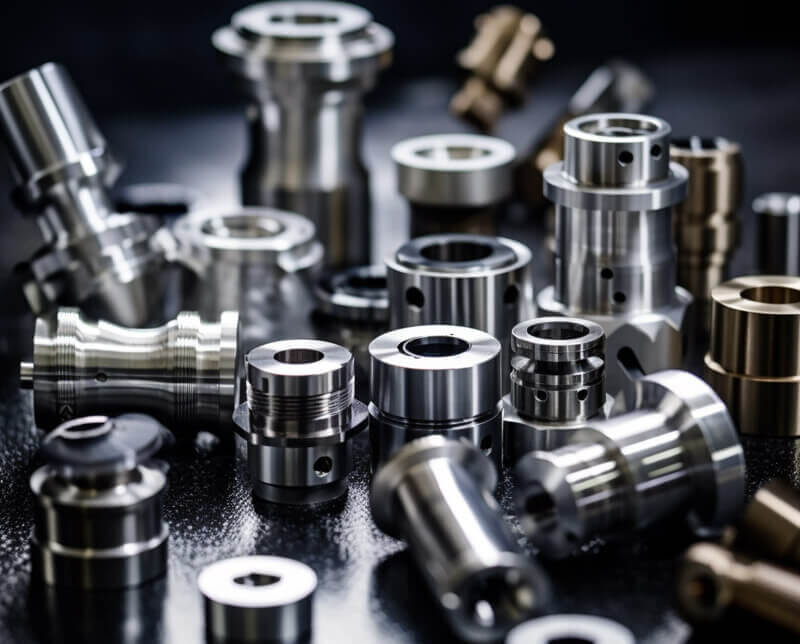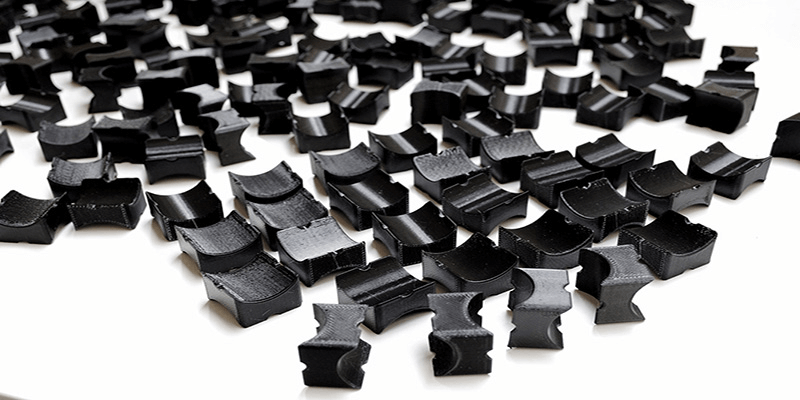Small Batch Machining: An Overview
In the manufacturing industry, low-volume machining has become increasingly popular in recent years. The process involves producing a limited number of parts or components, usually ranging from a few dozen to a few hundred. Low-volume machining offers several advantages over traditional mass production methods, making it an attractive option for many industries. For example, antique new home sewing machine parts, antique singer sewing machine replacement parts, antique slot machine parts, and aqualtis washing machine parts.
First and foremost, let’s define what small batch machining actually means. As the name suggests, it refers to the manufacturing of parts in small quantities. Unlike mass production, where thousands or even millions of identical parts are produced, small batch machining focuses on producing a limited number of parts with high precision and quality. This approach allows for greater flexibility and customization, as each part can be tailored to meet specific requirements.

There are several types of small batch machining techniques that can be employed, depending on the complexity of the part and the desired outcome. One common method is CNC machining, which stands for Computer Numerical Control. This technique utilizes computer-controlled machines to precisely shape and cut the desired part from a block of material. CNC machining offers high precision and repeatability, making it ideal for small batch production of antique new home sewing machine parts, antique singer sewing machine replacement parts, antique slot machine parts, and aqualtis washing machine parts.
Another type of low-volume processing is 3D printing, also known as additive manufacturing. This innovative technology involves using digital models to build parts layer by layer. Because 3D printing offers tremendous design freedom, complex geometries that are difficult or impossible to achieve with traditional machining methods can be produced. At the same time, it is also particularly useful for rapid prototyping and small-scale production, which can reduce material waste to varying degrees.

Small batch machining is widely used in various industries, such as antique new home sewing machine parts, antique singer sewing machine replacement parts, antique slot machine parts, and aqualtis washing machine parts. One notable example is the aerospace industry, where precision and quality are of utmost importance. Small batch machining allows for the production of critical components with tight tolerances, ensuring the safety and reliability of aircraft. Similarly, the medical industry benefits from small batch machining, as it enables the production of custom implants and prosthetics tailored to individual patients.
In addition to its applications, small batch machining also offers a variety of services to meet different manufacturing needs. One such service is rapid prototyping, which allows for the quick production of prototypes to test and validate designs before full-scale production. This helps to reduce time and costs associated with design iterations. Another service is low-volume production, which caters to the demand for small quantities of parts without the need for expensive tooling or setup.

In conclusion, small batch machining has emerged as a viable alternative to traditional mass production methods. Its focus on producing a limited number of parts with high precision and quality offers several advantages, including flexibility, customization, and cost-effectiveness. With various types of machining techniques and a wide range of applications, small batch machining has become an integral part of many industries. The availability of services such as rapid prototyping and low-volume production further enhances its appeal. As manufacturing continues to evolve, small batch machining is likely to play an increasingly important role in meeting the diverse needs of modern industries.
